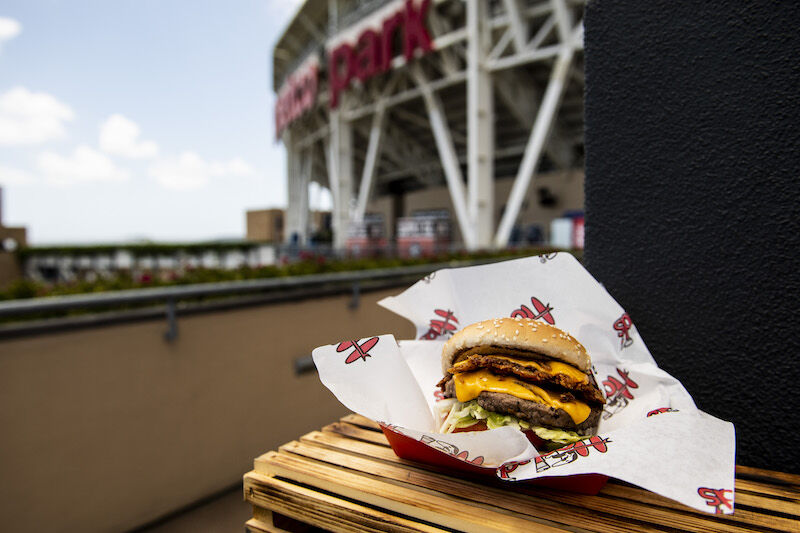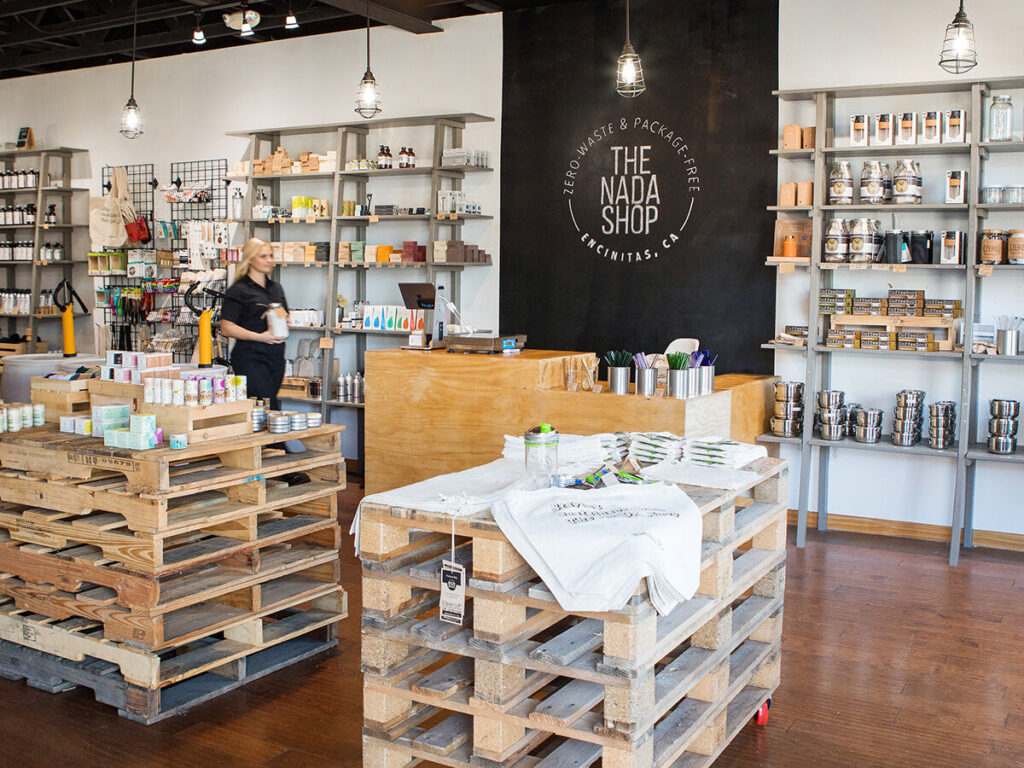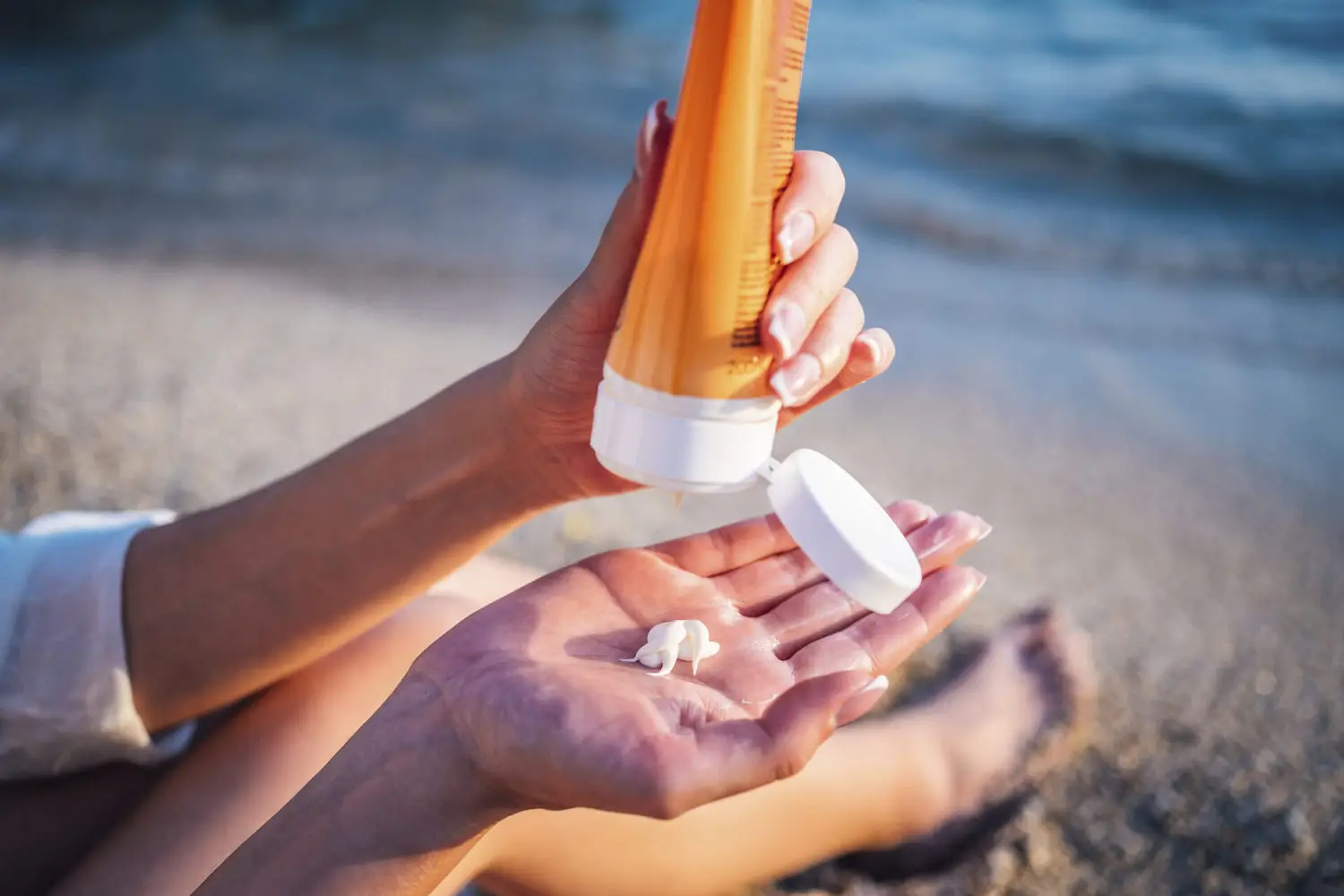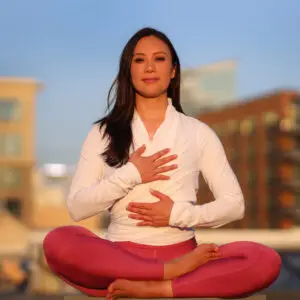In San Diego, sunshine isn’t just a weather pattern; it’s our religion. We chase it, bask in it, and occasionally pine for it when June gloom overstays its welcome. As a longevity doctor who’s spent years preaching healthy habits, I’ve learned that worshiping Earth’s nearest star comes at a cost (hello, wrinkles, sun spots, and even cancer). Thankfully, local dermatologists have cracked the code on keeping skin safe and radiant, even under the relentless SoCal sun.
Step 1: Sunscreen Rules According to Dermatologists
Let’s state the obvious: SPF is non-negotiable. You need “broad-spectrum sunscreen, SPF 30 or higher, every single morning,” emphasizes Dr. Swati Kannan, double board-certified dermatologist and assistant professor at UC San Diego Health. She advises applying it 30 minutes before sun exposure, since UV damage begins almost immediately, and using a nickel-sized amount for the face and neck, with reapplication every two hours when you’re outdoors.
Mineral sunscreens (with zinc oxide or titanium dioxide) often offer superior protection and are reef-safe—a bonus for San Diegans who spend time in the ocean. Dr. Saami Khalifian, double board certified dermatologist and founder of SOM Aesthetics in Encinitas, prefers mineral formulas for sensitive or post-procedure skin but stresses that “the best sunscreen is the one you’ll actually use.”
And no, your SPF foundation doesn’t count. “Most people don’t apply enough to reach the labeled protection,” Khalifian clarifies. For truly effective defense, you need to layer your protection with sunscreen.
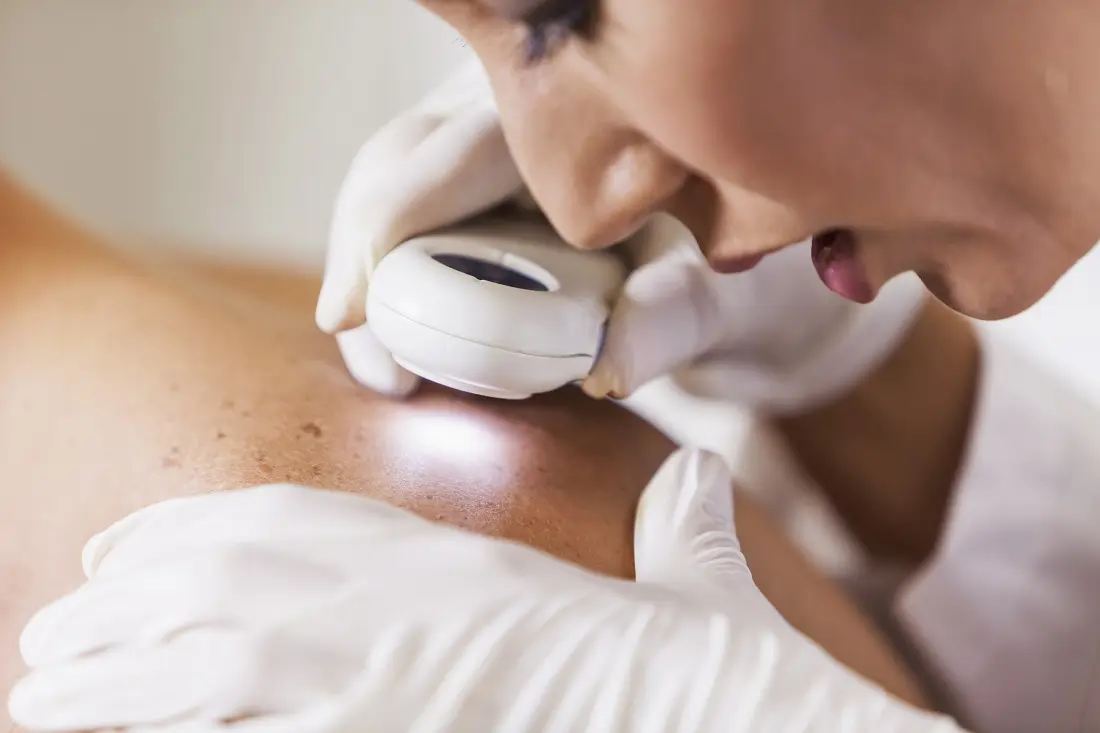
Step 2: Use Antioxidants for Extra Sun and Skin Protection
Antioxidants are currently all the rage in skincare circles, but do they offer sun protection? Dr. Solomiya Grushchak, double board-certified dermatologist and Mohs surgeon at La Jolla Cosmetic Laser Clinic, describes topical antioxidants like vitamin C and niacinamide as “supporting actors,” strengthening your skin’s defenses against UV-induced damage. Kannan says they work by “neutralizing oxidative and immunologic damage, [but they] are not a stand-in for sunscreen.”
Internally, supplements like Polypodium leucotomos can help, especially for those with photosensitivity or skin cancer risk. Kannan recommends 240 milligrams twice daily for people regularly outdoors or vacationing in sunny climates, noting that the capsules, which contain an extract from ferns, are “a legitimate adjunct but not a replacement for sunscreen.”

Step 3: Wear UPF Clothing (Fashionably)
Clothing is a powerful addition to your sun-protection routine. Dermatologists universally recommend UV-protective pieces with a high UPF (ultraviolet protection factor) rating. Kannan appreciates clothing’s reliability. “Unlike sunscreen, fabric protection doesn’t rub off, so it’s my first line for outdoor sports and beach days,” she says.
“UPF clothing is one of the most effective, low-maintenance ways to reduce UV exposure,” Grushchak agrees.
And don’t forget sunglasses with UV-protective lenses. They’ll shield your eyes from sun damage and help keep those squint-induced crow’s feet at bay.
Step 4: Wash Your Worries Away (with UV-Blocking Laundry Detergent)
Surprisingly, UV-blocking laundry detergent is real—and sort of brilliant. Kannan recommends UPF-boosting additives, noting that one wash can elevate a simple tee’s protection significantly for about 20 washes. “It’s an inexpensive way to upgrade everyday items,” she explains.

Step 5: Avoid Peak UV Hours and Reapply Consistently
Timing and consistency are everything when it comes to UV protection. “UV rays are strongest between 10 a.m. and 4 p.m.,” Khalifian warns. He recommends shifting walks and outdoor workouts to early morning or late afternoon, noting that “fine lines, wrinkles, and uneven pigment are driven more by UV exposure than age alone.”
And don’t assume that San Diego’s omnipresent marine layer is blocking out all those rays. “Just because it’s cloudy or overcast doesn’t mean you’re protected from UV,” Khalfian adds. He points out that many sunburns occur after morning hikes or surf sessions when the sun feels mild but the UV index is still high. Grushchak recommends treating cloudy days like sunny ones and suggests setting a recurring reminder to reapply sunscreen every two hours.
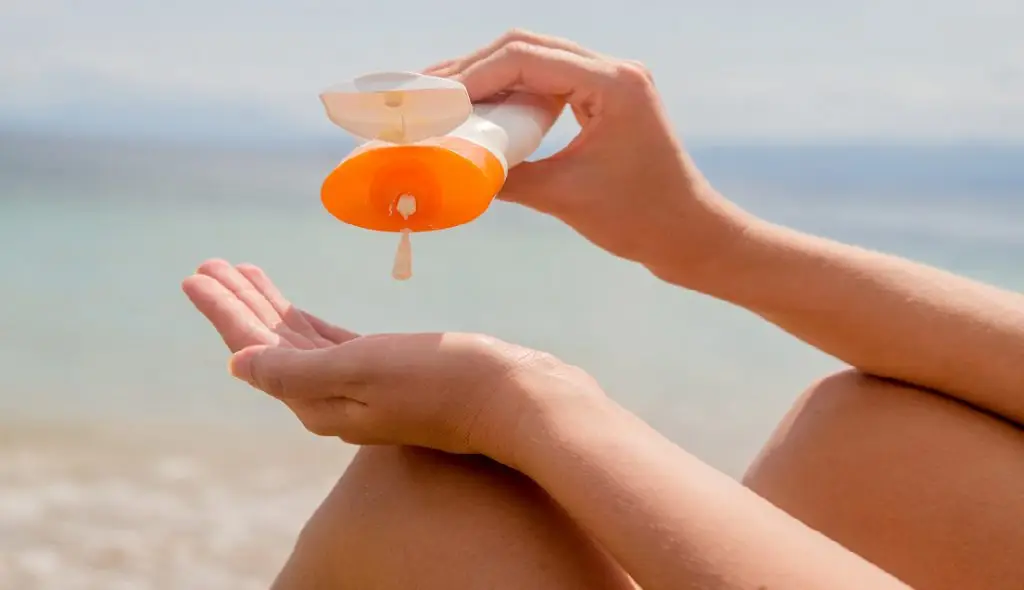
Your San Diego Sun-Proof Protocol in Action
So, are you ready to turn expert advice into an everyday ritual? Here’s how to build your suit of armor, one sunny step at a time:
- Morning: Apply antioxidant serum (with vitamin C and niacinamide) to fight oxidative damage, then a broad-spectrum SPF 50 mineral sunscreen, even on cloudy days.
- Before Outdoor Time: Take UV-protective supplements (like Polypodium leucotomos); wear a wide-brim hat, UPF clothing, and polarized sunglasses; and apply mineral sunscreen generously.
- Midday: Reapply sunscreen frequently, especially after swimming, sweating, or a long period of sun exposure—keep a travel-size on hand.
- Driving: Use a sunscreen stick on hands, arms, and other exposed areas (UVA rays penetrate car windows).
- Laundry: Use UV-protective detergent on swimwear, activewear, and everyday clothes to boost sun defense.
- After Sun: Moisturize and hydrate skin. Skip active skincare (like retinol and AHAs) if your skin is irritated or sunburned.
In San Diego, sun care isn’t just smart—it’s an essential part of the lifestyle. Luckily, it doesn’t have to be fussy. With a few good habits and the right gear, staying safe can become just another part of your daily routine.
Dermatologist-Approved Skincare Routines
Curious what actual dermatologists do to stay protected in San Diego? Their regimens are impressively simple—and unwaveringly consistent.
Grushchak begins her mornings with a vitamin C serum layered under broad-spectrum SPF 30, favoring tinted mineral formulas for extra coverage. She keeps a sunscreen stick in her car for reapplying to hands and arms while driving and avoids peak UV hours when possible. Her outdoor go-tos? A hat and UPF jacket.
PARTNER CONTENT
Khalifian keeps things streamlined: vitamin C serum, tinted mineral sunscreen, wide-brimmed hat, and water-resistant SPF 50 lotion for the body. He skips sprays and powders in favor of lotions to ensure precise application and relies on UPF clothing for long hikes or beach days. As someone prone to melasma, he also uses Sciton laser treatments to help manage pigment.
Kannan takes a dual approach: two layers of sunscreen in the morning (regular, followed by tinted) and sun-smart clothing when spending time outdoors. She doubles cleanses at night to remove sunscreen thoroughly and uses tretinoin and pigment-fading serums as part of her skin-repair routine.




